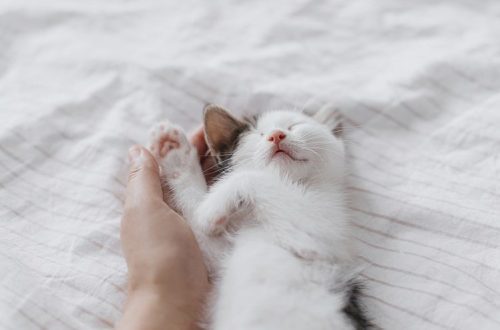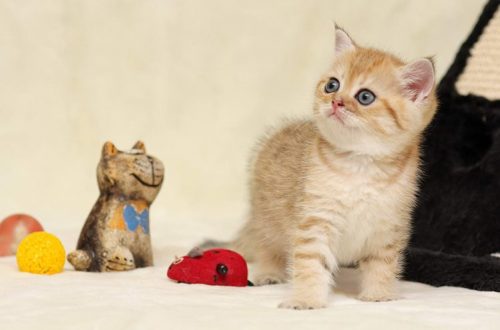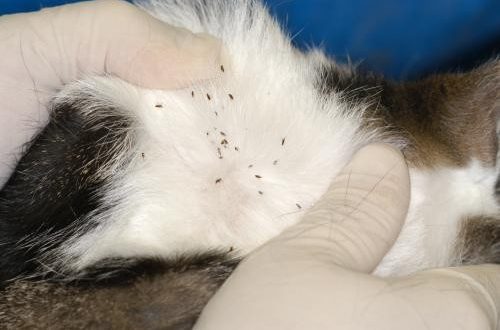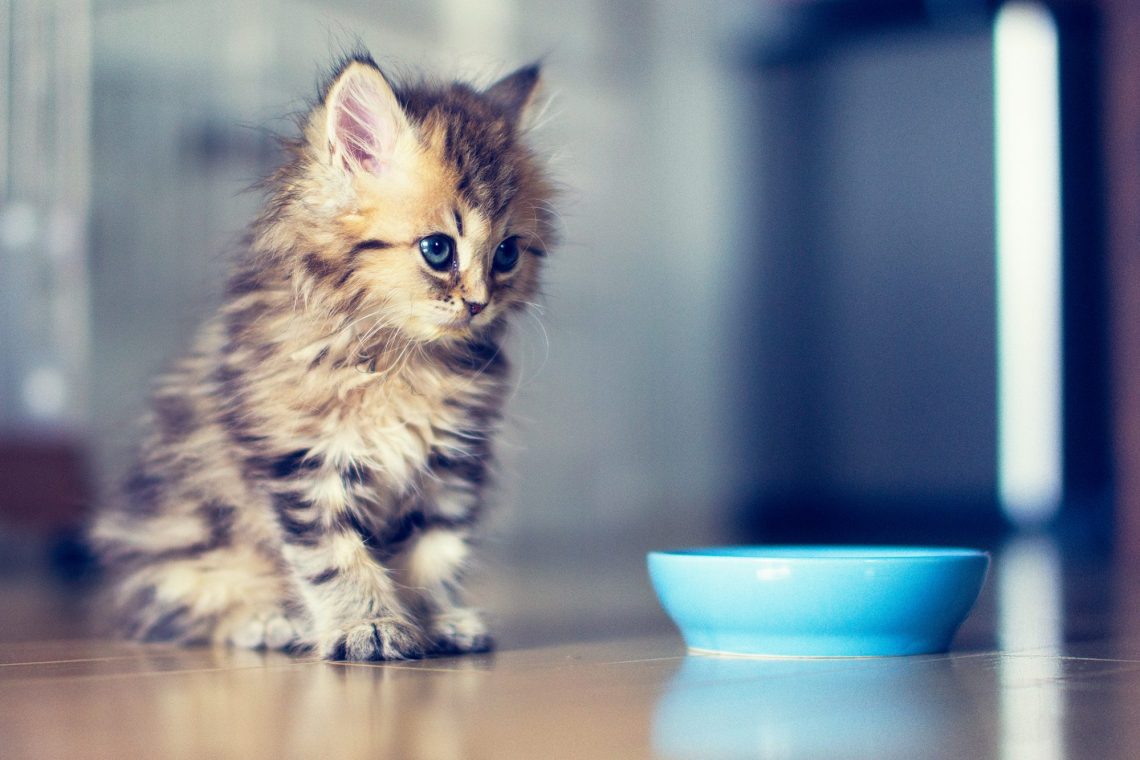
How to feed a kitten?
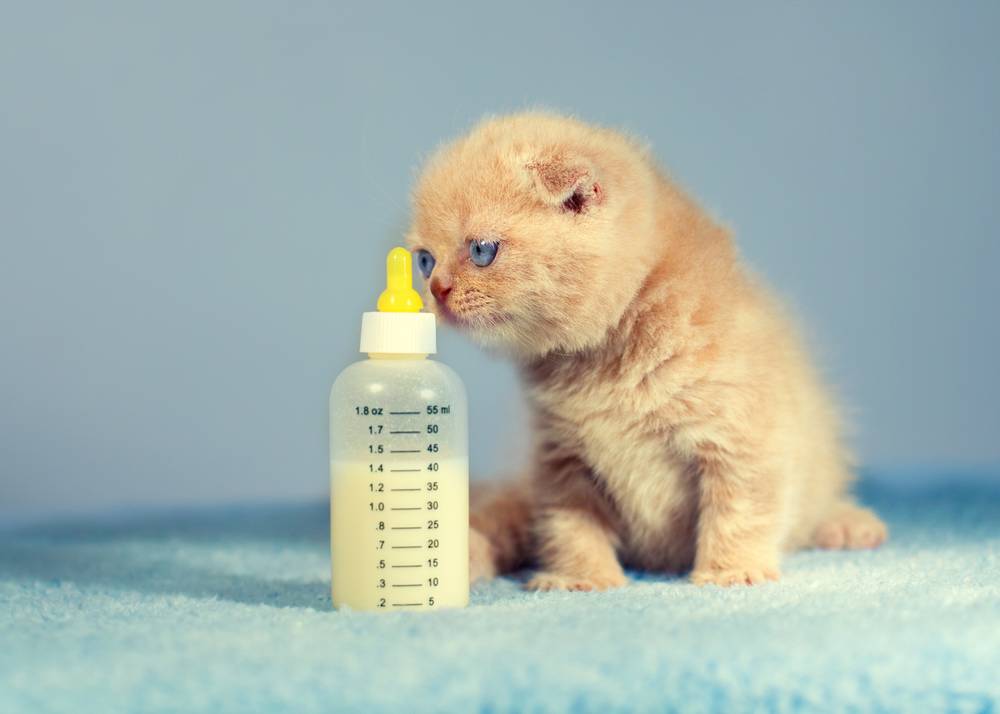
Industrial rations
The only right choice of food for a kitten is commercially produced dry and wet food specially designed for him. They are designed taking into account the characteristics of the organism of a young animal and contain vitamins and minerals necessary for harmonious development in the right proportions.
For example, a kitten needs more energy from food than an adult. He also needs a significant amount of amino acids, calcium, phosphorus, copper. And the digestibility of the protein contained in the diet should be at least 85%.
Age appropriate
The pet begins to consume solid food from the age of 3-4 weeks, including tasting it from the mother’s bowl. At this time, Royal Canin Mother & Babycat rations can be recommended as the first complementary foods for the pet.
A kitten refuses completely from mother’s milk, as a rule, by the age of 6–10 weeks. Now for him, the combination of dry and wet diets is optimal. For example, you can combine Perfect Fit Junior dry food with Whiskas turkey jelly. There are kitten deals available from Royal Canin, Hill’s, Purina Pro Plan, Go!, etc.
Starting from 10-12 months old, food for adult animals can be gradually introduced into the pet’s diet. Specialized food for kittens is losing its relevance.
Periodicity
While getting used to solid food, at the age of 1 to 3 months, the kitten should receive food 6 times a day. It is recommended to give it at the same time so that the animal gets used to a clear routine.
A 4-9 month old kitten should be fed 4 times a day. For example, give a sachet of wet food in the morning and evening, and an age-appropriate portion of dry food throughout the day.
When a kitten is 9 months old, his body is almost formed. Then the animal can be transferred to an adult diet: 2 sachets of wet food (one in the morning, the second in the evening) and the required amount of dry food, which should always be in the bowl.
Weight control
Kittens gain an average of 100 grams of weight per week. It is important to observe this norm, avoiding either overeating or serious underfeeding of the pet. Accordingly, it is necessary to adhere to the volumes of feeding recommended by manufacturers.
Signs of satiety of the animal: rounded belly, washing, rumbling. If the kitten is hungry, he is restless, grabs the owners by the hands, bites and sucks their fingers.
However, even a well-fed pet can extort food in this way. Such a kitten should be distracted by play or petting. And in any case, there is no need to succumb to blackmail: an extra portion can cause digestive problems, and with constant overfeeding, the kitten is threatened with obesity and other diseases.
22 2017 June
Updated: December 21, 2017



